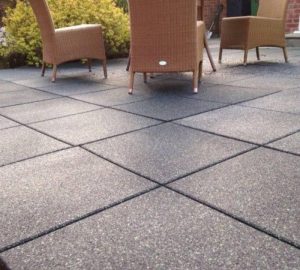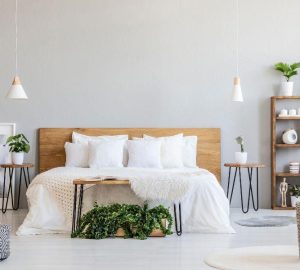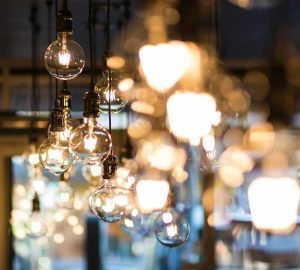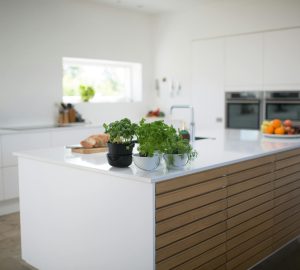Individuals with dementia and their caregivers might have their homes altered to make daily life simpler.
There are many ways to improve the architecture and layout of a home, including purchasing equipment that can make a person with dementia’s live easier.
When a person’s dementia worsens, even simple tasks may become more difficult for them to complete on their own. For instance:
- They may be unable to recall the normal location of a certain item.
- Inappropriate usage of objects and tools may occur.
- They may lose the ability to perform simple tasks, such as preparing a cup of tea or changing clothes.
This can make it more difficult for them to stay in their own house. However, a person’s home can be improved to make it more convenient, safe, and comfortable. This will allow them to continue their everyday activities as independently as possible for the foreseeable future.
Make Sure Colours Contrast
An older brain has trouble distinguishing colours. Colours are distorted as a result of this. For example, a black tv remote control on a dark-coloured coffee table will go unnoticed by a senior. White drapes and cream-coloured flooring in the same room will be difficult for the elderly to see and maneuver.
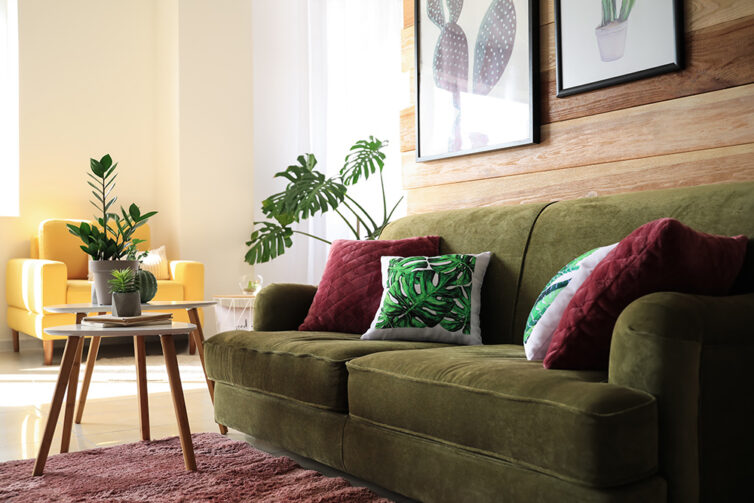
Adding contrasting hues will make it easier for your loved one to navigate the house. If the carpeting in the family room are light in colour, place dark, solid drapery. Towels in the restroom should have a contrasting colour scheme to the walls. It’s also a good idea to choose a hue that contrasts well with other fixtures in the bathroom, such as the toilet.
Adding colour variation to the sofa or sofa cover can make it stand out from the carpeting. A change like this benefits the senior citizen by making it easier for them to sit down and avoids any uncertainty. Seniors with weak vision can also benefit from contrasting carpeting and wall colours.
When altering the colours in your home, keep in mind that elderly people have a difficult time distinguishing certain colours, such as blues and greens.
The Use Of Bright Lights
Brighter lighting is needed as a result of memory loss. Improving the lighting in a senior’s home can help reduce some of the confusion caused by a dimly lit setting.

Light bulbs with a higher wattage should be installed, and the brightness of any nightlights should be kept to a minimum. Put in motion-activated lights so that the elderly person doesn’t have to struggle with light switches in the darkness.
Use Labels Throughout The Home
A senior with Alzheimer’s or other forms of dementia has a hard time remembering how to use daily household items. As the condition progresses, it becomes increasingly difficult for the elderly to recall dates and locations, making it impossible for them to locate once-familiar areas of their house.
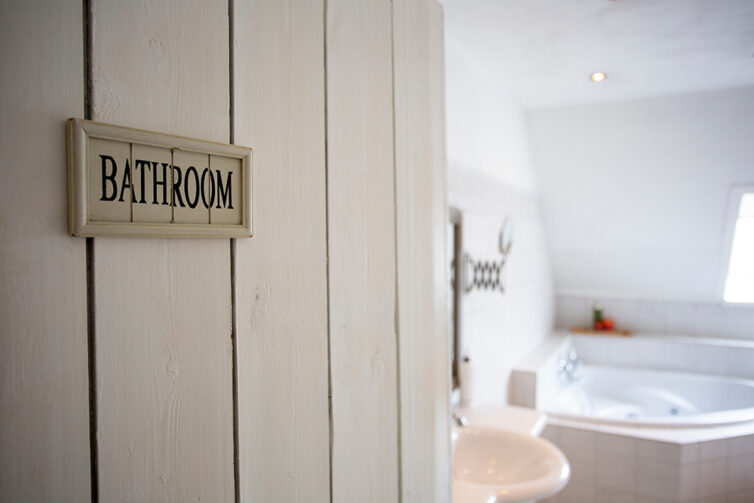
Labelling the fixtures and rooms will help them feel more at peace. For example, identify the faucets in the bathroom and kitchen as “hot” and “cold.” Put a photo of the toilet on the door of the bathroom to make it easier for people to identify which room it is in, and place a list of the contents of the kitchen cupboards, such as plates, glasses, etc.. Coloured labels are a good option too, rather than just black and white.
Keep Decor Simple
Adults with Alzheimer’s disease have a smaller field of vision, which necessitates more simplistic surroundings. As their peripheral vision diminishes, the elderly are only able to perceive things that are directly in front of them and at eye level. Having too many objects in a senior’s house only confuses those with memory loss because of the development of tunnel vision.
If you want to keep your elderly loved ones active, you need to keep clutter to a minimum in their house, as rugs, carpets, and furniture with intricate designs and swirls can cause issues with their memory. There is a direct correlation between visual noise and deterioration in an elderly person’s cognitive and physical abilities.
Solid-coloured furniture or sofa covers might help you create a more minimalist ambiance in their home. The furniture should be placed in such a way that it promotes social interaction, according to the experts. Instead of staring straight at the television, you should turn the sofas around so that they face each other. Be sure to visit this page to learn more about the benefits of facilitating social stimulation among elders and their memory.
This article was developed via a partnership with BetterHelp.

